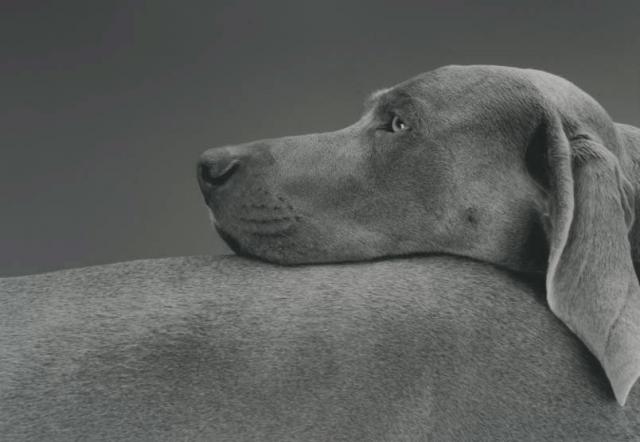|
|
William Wegman Photos Of Dogs
|
Furthermore, it is believed the genetic diversity of wolves has been in decline for the last 200 years, and that the genetic diversity of dogs has been reduced by selective breeding. This could significantly bias DNA analyses to support an earlier divergence date. The genetic evidence for the domestication event occurring in East Asia is also subject to violations of assumptions. These conclusions are based on the location of maximal genetic divergence, and assume hybridization does not occur, and that breeds remain geographically localized. Although these assumptions hold for many species, there is good reason to believe that they do not hold for canines.
Genetic analyses indicate all dogs are likely descended from a handful of domestication events with a small number of founding females, although there is evidence domesticated dogs interbred with local populations of wild wolves on several occasions. Data suggest dogs first diverged from wolves in East Asia, and these domesticated dogs then quickly migrated throughout the world, reaching the North American continent around 8000 B.C. The oldest groups of dogs, which show the greatest genetic variability and are the most similar to their wolf ancestors, are primarily Asian and African breeds, including the Basenji, Lhasa Apso, and Siberian Husky. Some breeds thought to be very old, such as the Pharaoh Hound, Ibizan Hound, and Norwegian Elkhound, are now known to have been created more recently.
There is a great deal of controversy surrounding the evolutionary framework for the domestication of dogs. Although it is widely claimed that "man domesticated the wolf," man may not have taken such a proactive role in the process. The nature of the interaction between man and wolf that led to domestication is unknown and controversial. At least three early species of the Homo genus began spreading out of Africa roughly 400,000 years ago, and thus lived for a considerable time in contact with canine species. Despite this, there is no evidence of any adaptation of canine species to the presence of the close relatives of modern man. If dogs were domesticated, as believed, roughly 15,000 years ago, the event (or events) would have coincided with a large expansion in human territory and the development of agriculture. This has led some biologists to suggest one of the forces that led to the domestication of dogs was a shift in human lifestyle in the form of established human settlements. Permanent settlements would have coincided with a greater amount of disposable food and would have created a barrier between wild and anthropogenic canine populations.
|
|









